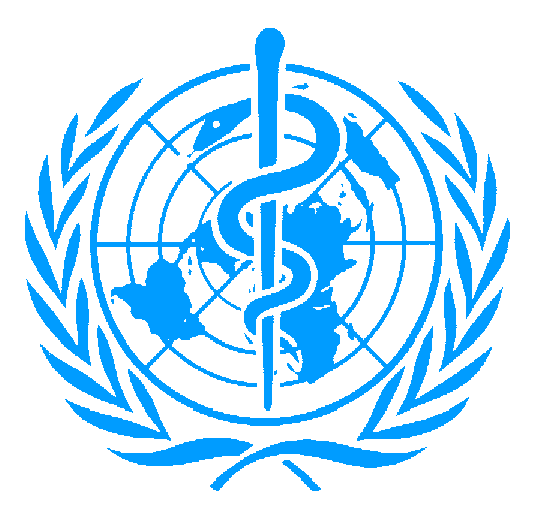The evidence against tobacco is staggering, according to a discussion paper put out by the World Health Organization’s Framework Convention on Tobacco Control: An Accelerator for Sustainable Development.
In September 2015, the member states of the United Nations adopted the 2030 Agenda for Sustainable Development, making a commitment to achieve 17 Sustainable Development Goals (SDGs) ranging from eradicating extreme poverty, to combating climate change, to promoting peaceful and inclusive societies, said the discussion paper’s executive summary.
For the first time, a specific target on tobacco control was included (Target 3.a), positioning implementation of the FCTC as key to sustainable development.
This was done in recognition not only of the tremendous health toll of tobacco use, but also of the social, economic, and environmental impacts of tobacco use and production on individuals, families, communities and countries.
The evidence against tobacco was given as:
- ‘without adequate investment in tobacco control it is estimated that up to one billion people could die from tobacco-related disease during this century;
- ‘tobacco use costs the global economy over a trillion USD annually, due to medical expenses and lost productivity; and
- ‘the environmental impacts, due to deforestation and soil degradation from tobacco growing as well as water and soil pollution from pesticide use and cigarette littering, are of growing concern.’
‘Recognizing the global commitment of the 2030 Agenda to “leave no one behind”, the inequitable burden of tobacco, both within and between countries, is particularly troubling,’ the summary said. ‘Within countries the poorest and most marginalized are more likely to consume tobacco and at younger ages, and to be exposed to second-hand smoke.
‘Between countries, tobacco use is rising rapidly in many low- and middle-income countries (LMICs). Already, 87 percent of the 17 million people who die prematurely (i.e. before age 70) from an NCD [non-communicable disease] each year live in LMICs.’











